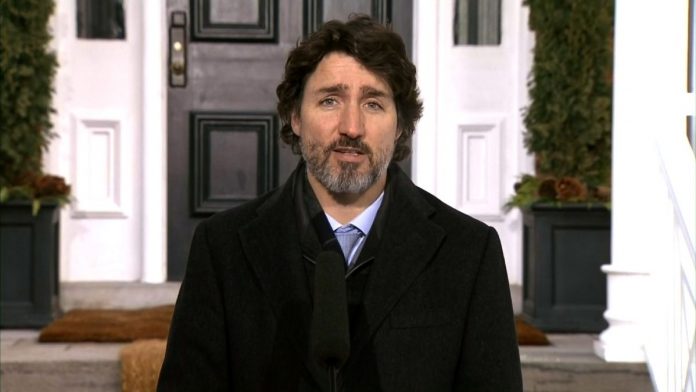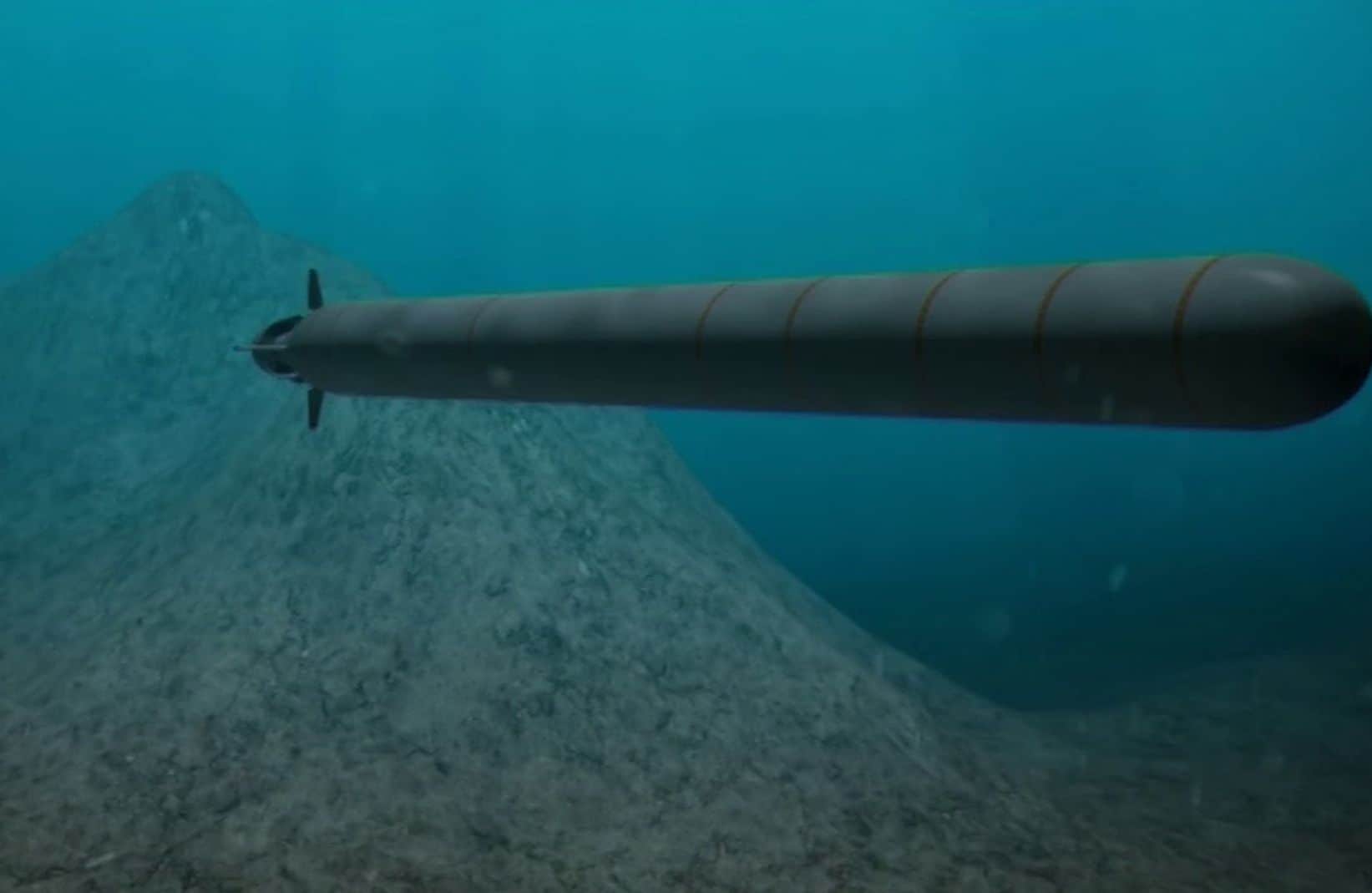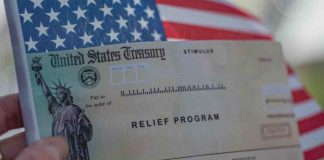Justin Trudeau’s government now finds itself accused of procuring both too few doses of a COVID-19 vaccine and too many. On Friday, the prime minister tried to focus the attention of Canadians on the idea that within the next seven months Canada will at least have enough doses.
In the middle of all that remains an unanswered question about whether there is anything that could have been done to ensure Canada had a better amount of doses right now.
There is, Trudeau said, a “lot of noise going on right now.”
Some of that noise relates to the Trudeau government’s decision to accept some of its allotment from the World Health Organization’s COVAX program. Through that cost-sharing program, richer countries can contribute funds that are used to purchase vaccine doses for both the donating country and poorer countries. Last year, for instance, Canada pledged $440 million to COVAX. Half of that would go towards purchasing vaccines for Canada, the other half would go towards purchasing doses for low-income and middle-income countries.
The Trudeau government says it always planned to access its share of those vaccines and it now expects to receive 1.9 million doses through COVAX by the end of June. But with much of the developing world still struggling to get access to a vaccine, critics now charge that Canada should at least wait to accept that allotment.
For the sake of achieving an equitable distribution of vaccines across all countries, there is an altruistic case for Canada forgoing those doses. Though, by the same principle, it might be asked whether Canada should have already redirected some of the one million doses that it has received directly from vaccine manufacturers Pfizer and Moderna.
The fundamental problems with this every-country-for-itself scramble for vaccines shouldn’t be forgotten amid the understandable desperation to see Canadians vaccinated faster. But neither the Conservatives nor the New Democrats have gone so far as to suggest that Canada should take a pass on those 1.9 million doses from COVAX (only Green leader Annamie Paul has called for that). The main opposition parties instead framed their criticism as a lament that taking the allotment from COVAX is even necessary.
Contracts remain private
Trudeau repeated on Friday that his government still expects this country to receive six million doses by the end of March, 20 million doses through the spring and enough to vaccinate every Canadian by the end of September. But those promises are not nearly enough to drown out the noise and anxiety over the recent trickle of vaccine into this country: as evidenced by the recent hit to Trudeau’s public image.
The operative question in response to that slowdown is whether the Trudeau government should have done something different in the last 12 months that would have foreseeably resulted in more Canadians being vaccinated by now.
It has at least been established that angry phone calls to the top executives at Pfizer do not necessarily result in more doses being shipped: at least when the problem is related to the need to retool a plant in Belgium.
Could Canada get vaccines from manufacturing plants in the United States? Suffice to say, the Biden administration does not seem interested in sharing.
Did the Trudeau government wait too long to sign contracts with vaccine suppliers? According to the Procurement Minister Anita Anand, Canada was the first country to come to an agreement with Moderna and the fourth country to make a deal with Pfizer.
Could the government have negotiated better terms? Unfortunately, pharmaceutical companies insist that the details of those contracts are confidential. Anand did at least confirm this week that Canada’s shipments are guaranteed on a quarterly, not weekly, basis.
Hearings being conducted by the industry committee of the House of Commons this week did manage to dig deeper into the government’s understanding and approach.
Much of the second-guessing is now understandably focused on the question of domestic capacity to produce a COVID-19 vaccine. It stands to reason that Canada might have a greater and more stable supply of vaccines if Canada didn’t have to depend on the same facilities in Europe that other countries are receiving vaccines from.
Anand told the industry committee on Thursday that the government “proactively and repeatedly” raised the possibility of using or creating domestic capacity when it was negotiating with vaccine suppliers. Unfortunately, the companies didn’t see a desirable way forward in Canada.
10 years late to build domestic capacity
“The manufacturers reviewed the identified assets here in Canada and concluded that bio-manufacturing assets at the time of contracting, which was last August and September, was too limited to justify the investment of capital and expertise to start manufacturing in Canada,” she said.
“The reality is that standing up new manufacturing of a vaccine requires expertise. It requires resources from the supplier. And given the scarcity of resources, suppliers emphasized locations that had existing capacity and would be able to manufacture quickly at a global scale.”
Anand was asked specifically about AstraZeneca, which has seemed open to establishing production in other countries, and she said the answer was basically the same.
Could Canada have replicated the success of the United Kingdom, which increased its domestic capacity in relatively short order?
“My ministry did an extensive survey of the bio-manufacturing capabilities in Canada … This was very early last spring, in the early days of the pandemic,” Simon Kennedy, the deputy minister at the department of innovation told the industry committee.
“The U.K. had a number of very large contract manufacturing operators that were capable of quickly shipping to produce COVID vaccines. The U.K. had also started years before the pandemic, in fact in 2017, to launch a significant re-building strategy. They did the permitting and launched the construction for one of the big facilities they’re building—which won’t be ready until later this year—in 2019, a year before the pandemic hit. As minister [Francois-Phillippe] Champagne had said, the U.K. certainly pivoted and was able to do manufacturing domestically, but they were starting from a much higher base.”
In his own opening statement, Champagne stressed how much Canada’s domestic pharmaceutical manufacturing had declined over the last four decades.
Rob Van Exan, a biologist and a former executive with Sanofi Pasteur, estimates that it might take a year to produce the current mRNA vaccines, like those now produced by Pfizer and Moderna, through the expansion of an existing facility like Sanofi’s existing plant in Toronto. To build an entirely new facility it might take 18 months. Perhaps other experts could imagine slightly different timelines, but as Van Exan told CBC Radio’s The Current this week, the best time to start thinking about increasing domestic capacity was ten years ago.
Fuller airing of options needed
The Trudeau government did put funds toward a facility run by the National Research Council in Montreal last August, but that facility isn’t expected to be ready to produce protein-based vaccines by Novavax until later this year.
As Champagne explained to the industry committee, the government solicited applications for vaccine projects through the Strategic Investment Fund. Those applications were then reviewed by the government’s vaccine task force, composed of academic and industry experts.
All of the government’s claims will presumably be tested as committee hearings continue. But what is likely required now is a fuller airing of what options the task force considered, what advice it provided and why. Was some golden opportunity missed? Could the government have moved faster? Was its thinking sound? Was there some out-of-the-box idea that should’ve been pursued?
If this government was more inclined to explaining itself, more of that information might already be available.
Granted, Canadians might not be happy even if it turns out that Canada’s current situation wasn’t eminently avoidable.
But Trudeau is also surely banking on a hope that the anxiety and noise will recede if the promised doses start to pile up over the coming weeks; that a difficult few weeks in February will feel like a distant memory if nearly every Canadian is vaccinated by this fall.













